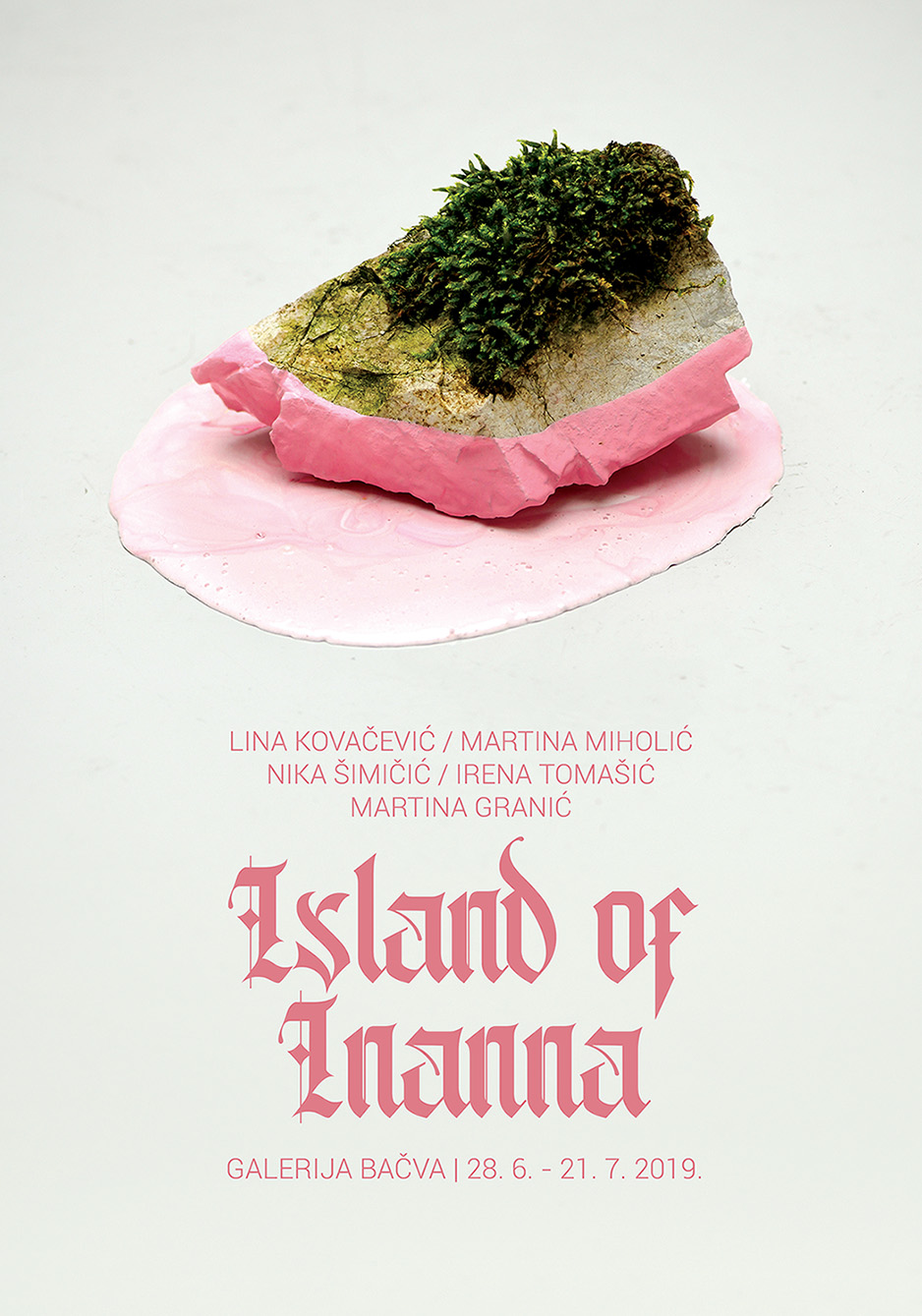Category: Events
MARIO KOLARIĆ
INSCRIPTIONS
Karas Gallery
September 17 – September 29, 2019
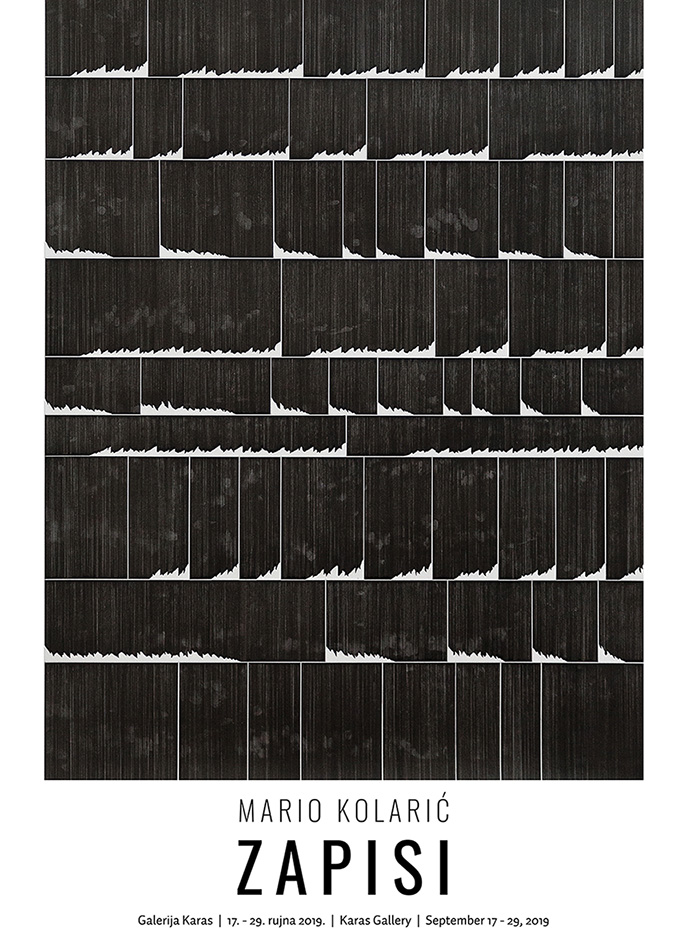
Opening of the exhibition: Tuesday, September 17 at 7 pm at the Karas Gallery
Exhibition Inscriptions, by Mario Kolarić, will be opened on Tuesday, September 17 at 7 pm at the Karas Gallery (Zvonimirova 58).
ARTISTS STATEMENT
I have been looking at the transparency and depth of the white surface of the paper for the last 15 years. It’s a space that keeps following me and doesn’t disappear. Out of the constant need to fulfill it, I came to a moment of reconciliation with that endless whiteness. I now fill it only to create a momentary record, as an act of confirming my presence. Also, this is probably something that will have its end, but at the moment it is how I´m looking at my work in the medium of drawing. This series consists of three larger format drawings that are a continuation of the series, exhibited at the Belgrade Youth Center Gallery last year. With little technical differences in terms of color, composition, and format, the new drawings continue to the initial idea of presence as a kind of measurement of the mental space that emerges during daily drawing practice. Using simple line repetition, as an imprint of auto-identity, a complex abstract narrative within a space that resonates with ephemerality is created. The drawing itself emerges from the static of the frame and floats freely in space, present in it with the observer. I draw the lines themselves with the help of a straightener; with which they reinforce certain spontaneities, which, despite the tendency to be exact, happen on paper. The physical contact I have with the paper in the preparatory process leaves, at that stage, hardly noticeable traces of grease from the hands. When drawing lines, they are manifested either by changing the shade of the line itself or through fingerprints that float to the surface. The very idea of presence gets its additional mark here, while the play of exact lines with a straightener and hand that inevitably errs, confirms the vibrant and elusive nature of the moment of presence.
ABOUT THE ARTIST
Mario Kolarić was born in Belgrade in 1984. He grew up in Osijek. Currently works and lives in Belgrade.
Education:
2010 – Academy of Fine Arts in Zagreb, academic painter-graphic artist
Member of HDLU since 2010
2016 participant in the Jalovik Art Colony, Jalovik, Serbia
Solo exhibitions:
2018 – “… i tako u beskraj”, Belgrade Youth Center Gallery, Belgrade (Serbia)
2017 – ”Titraj”, KC Grad Gallery, Belgrade (Serbia)
2016 – ”Vista”, Greta Gallery, Zagreb (Croatia)
2015 – ”Orbis Terrarum”, U10 Gallery, Belgrade (Serbia)
2012 – ”Home”, Galerica Gallery, Makarska (Croatia)
2011 – ”Objectivity”, ParisConcret Gallery, Paris, (France)
Group exhibitions:
2019 – ”Skriveno nasleđe”, Golubac castle, Golubac (Serbia)
2018 – ”9. beogradski susreti”, Center For Graphic Art and Visual Researches, Belgrade (Serbia)
2016 – ”39. Jalovička kolonija”, Zoran Simić Gallery, Jalovik (Serbia)
2016 – ”Remont – Studija slučaja”, Actopolis Gallery, Belgrade (Serbia)
2015 – ”U10 na preuzimanju Kolarca, Kolarac Foundation, Belgrade (Serbia)
2015 – ”24. slavonsko bijenale – selekcija”, Brod Regional Museum, Slavonski Brod (Croatia)
2014 – ”24. slavonsko bijenale”, Gallery of Fine Arts, Osijek (Croatia)
2014 – ”MUU”, old military hospital, Zagreb (Croatia)
2012 – ”Hrvatski suvremeni umjetnici”, Ernst and Young, Den Haag (Netherlands)
2012 – ”Artists’ Book on Tour”, UPM, Prague (Czech Republic)
2012 – ”Artists’ Book on Tour”, MGLC, Ljubljana (Slovenia)
2011 – ”Artists’ Book on Tour”, MAK Museum, Vienna (Austria)
2010 – ”45. zagrebački salon”, HDLU, Zagreb (Croatia)
2008 – ”Transfer magije”, Forum Gallery, Zagreb (Croatia)
Organizer:


Supported by:
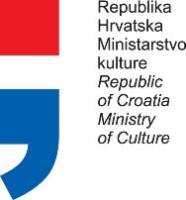
![]()
Working hours:
Wednesday – Friday: 3 pm – 8 pm | Saturday and Sunday: 10 am to 1 pm
Mondays, Tuesdays and holidays: closed.
The exhibition will remain open until September 29, 2019
MIA ORSAG
GLOBES
Karas Gallery
September 3 – September 15, 2019
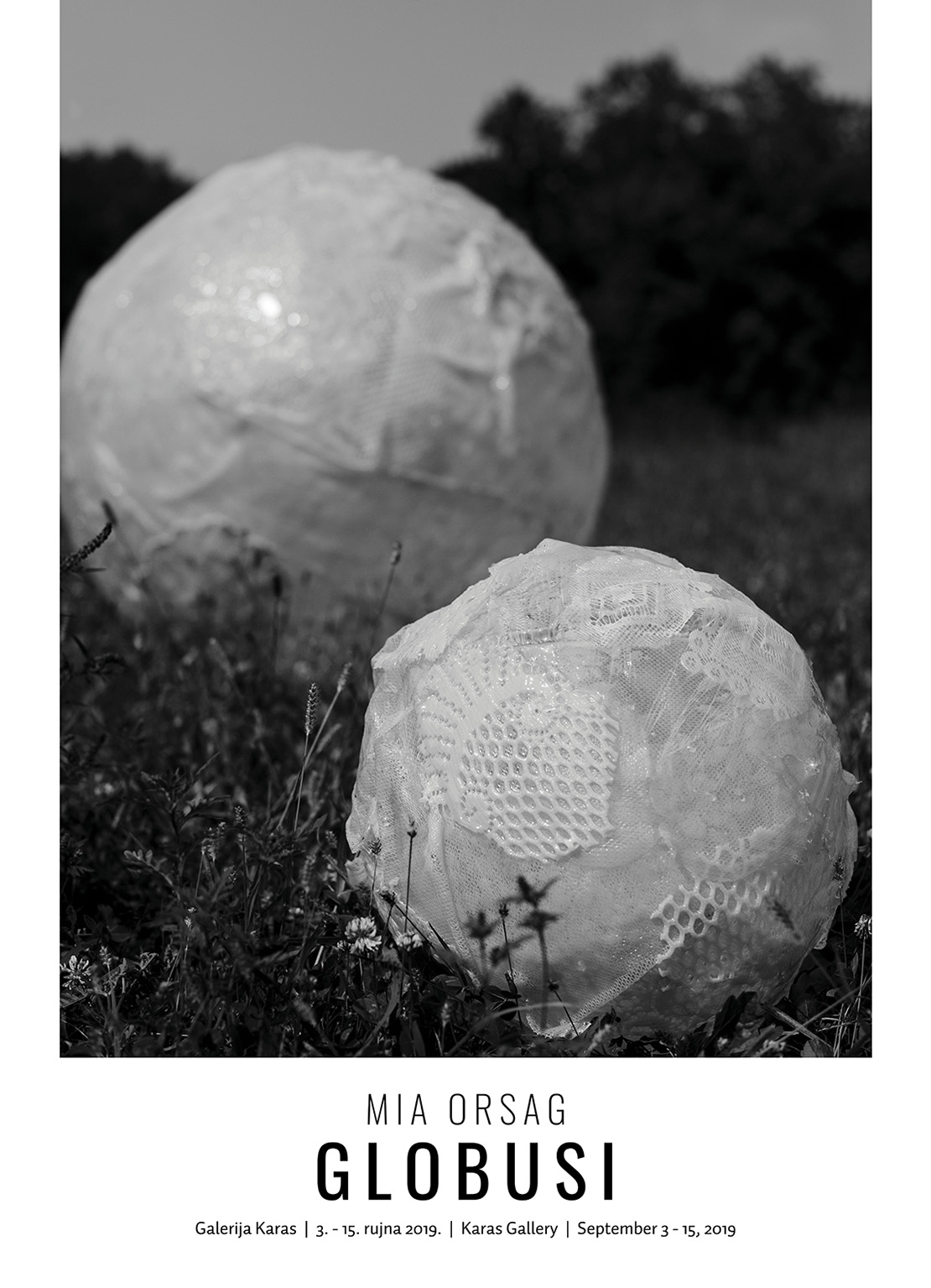
Opening of the exhibition: Tuesday, September 3 at 7 pm at the Karas Gallery
Exhibition Globes, by Mia Orsag, will be opened on Tuesday, September 3 at 7 pm at the Karas Gallery (Zvonimirova 58).
(…) Mia Orsag, therefore, fills the small space of the Karas Gallery with seven – a number burdened with symbolic and associative connotations – white spheres, not entirely regular in shape, in different dimensions and prominent textures. (…)
(…) Each Mia´s sphere with its wrinkled, meshed, we would say wounded, the texture will immediately bring to our mind the particular features characteristic of the sculpture of Art Informel or New realism. But it’s just a superficial and misleading impression. These spheres do not speak so much about the agony of industrial civilization, whose material relics are embedded in artistic artifacts pervaded with existentialism, but much more about the crisis in which, in the digitally organized and ever-changing modern world, the human capacity for contemplation and memorization has fallen. (…)
(…) Mia Orsag, in her own words, approaches lace coasters and tablecloths as a medium in which the meditative energy of devotional and process-treated work is permanently stored. By drowning them in polyester, the memory of a completely different time is permanently preserved. Of course, the shape of the sphere contributes to that feeling with its roundness and completeness. Space and time have merged into one, and each of us has yet to find our sphere.
From the preface, written by Vanja Babić
ABOUT THE ARTIST
Mia Orsag was born on July 11, 1983, in Zagreb. In 2008, she earned the title of Academic Sculptor at the Academy of Fine Arts, University of Zagreb. She has exhibited in local and international exhibitions (Poland, Italy, Germany, Philippines, Vietnam, etc.), she organized several art workshops and co-organized several charity events. In 2013, she earned the title of Graphic Designer at the Ivora Educational Center for IT and Management. From September 2014 to September 2018, she worked as an external associate – gallery coordinator for Karas and Bačva galleries. She belongs to the younger generation of Croatian sculptors, who are focused on the exploration and narrative potential of the texture and material with which they create. Since 2006, she has been actively involved in the Croatian art scene. She is the author of the curatorial concept of the 33rd Youth Salon – Budget (with Martina Miholić) and the conceptual initiator of the program called Vrtlarenje – Art hangout. She is a member of the Croatian Association of Fine Artists and the Croatian Community of Independent Artists. Mia Orsag’s works are represented in several private collections. She lives and works in Zagreb.


Supported by:

![]()


![]()
Working hours:
Wednesday – Friday: 3 pm – 8 pm | Saturday and Sunday: 10 am to 1 pm
Mondays, Tuesdays and holidays: closed.
The exhibition will remain open until September 15, 2019
Lanscape Spaces / Prostori krajolika
September 4 – 22, 2019
PM Gallery

Exhibition opening: Wednesday, September 4, 2019, at the Prsten Gallery at 20 pm
Artists: Alebić Josip, Babić Damir, Bakić Gordana, Brandis Josip, Čabraja Igor, Čaušić Mario, Deman Tanja, Dračić Sebastijan, Duvnjak Hrvoje, Jurić Ivona, Kardum Ivanišin Katarina, Kozina Zlatko, Lenard Kristina , Matoković Mario, Milić Miron, Milić Zdravko, Ruf Igor, Sanvicenti Davor, Sušac Domagoj, Tadić Marko, Vehabović Zlatan, Vodopija Mirjana, Vrankić Davor, Vrkljan Zlatan
If by landscape painting one refers to the genre of painting dedicated solely to the depiction of landscapes “where landscapes represent the central motif,” then, by following the thought of Lothar Altmann, one could say that its history starts during the Renaissance period. Altmann, however, neglects the fact that during the period of Antiquity, especially in Egyptian art, Minoan and Mycenaean, as well as ancient Greek and Roman depictions, the portrayal of nature was common practice. He sees the problem in the fact that “particular elements of landscape were often placed next to each other, which disenabled the existence of continuity within the depiction.” Therefore, according to this stance, one could assume that the basis for landscape as an independent theme was enabled by the introduction of geometrical perspective in depicted scenes, as landscape in most cases entails movement of the painters eye toward the horizon, as well as their noting of the perceived and experienced reality along the way, where the endpoint (the line of the horizon itself) always turns out to be the point of a new beginning, seen as how the horizon represents an illusion created by the collusion of nature and the human eye to preserve us from the absolute.
Just as a portrait entails a correlation between the inner and outer dimensions of the depicted figure, the depiction of landscape does also not just represent a mere copy of the perceived but an immersion in the sight, and by means of the perceived an immersion into oneself; connecting to the geography of the perceived and enrooting into the ground from which the depiction that follows sprouts, together with the formation of the depicted sight by the strength of one’s own experience of nature. The space of the landscape is more than just a space in which to live and reside. The connection between man and nature in Friedrich Ratzel’s, the founder of anthropogeography, opinion “results in the creation of a vital living space (Lebensraum) in which all sorts of human activities (…) in languages immanent to them, form different signals of geographicality.” (Jukić/Rem) Those “signals of geographicality” are possible to form, as well as interpret, on different levels, so that the landscape stops being merely a literal scenery, and becomes a world in which the bond between the ground and the artist is reflected. It reads as love they feel towards each other, as well as an indication of happiness, hate, suspicion, passion, or longing to run away, either from the landscape or oneself. Finally, the artist feels the landscape to the extent and in a way that the ground feels the artist, providing them with more or fewer incentives to stay or run away.
from the preface
Organizer:

Suported by:
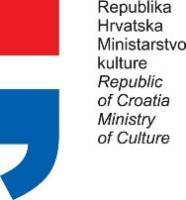

WORKING HOURS:
Wednesday to Friday: 11.00 AM – 7.00 PM
Saturday and Sunday: 10.00 AM – 18.00 PM
Closed on Mondays, Tuesdays and holidays.
ZORAN KAKŠA
INTERVIEW WITH MYSELF
Galerija Karas
4. 6. – 16. 6. 2019.
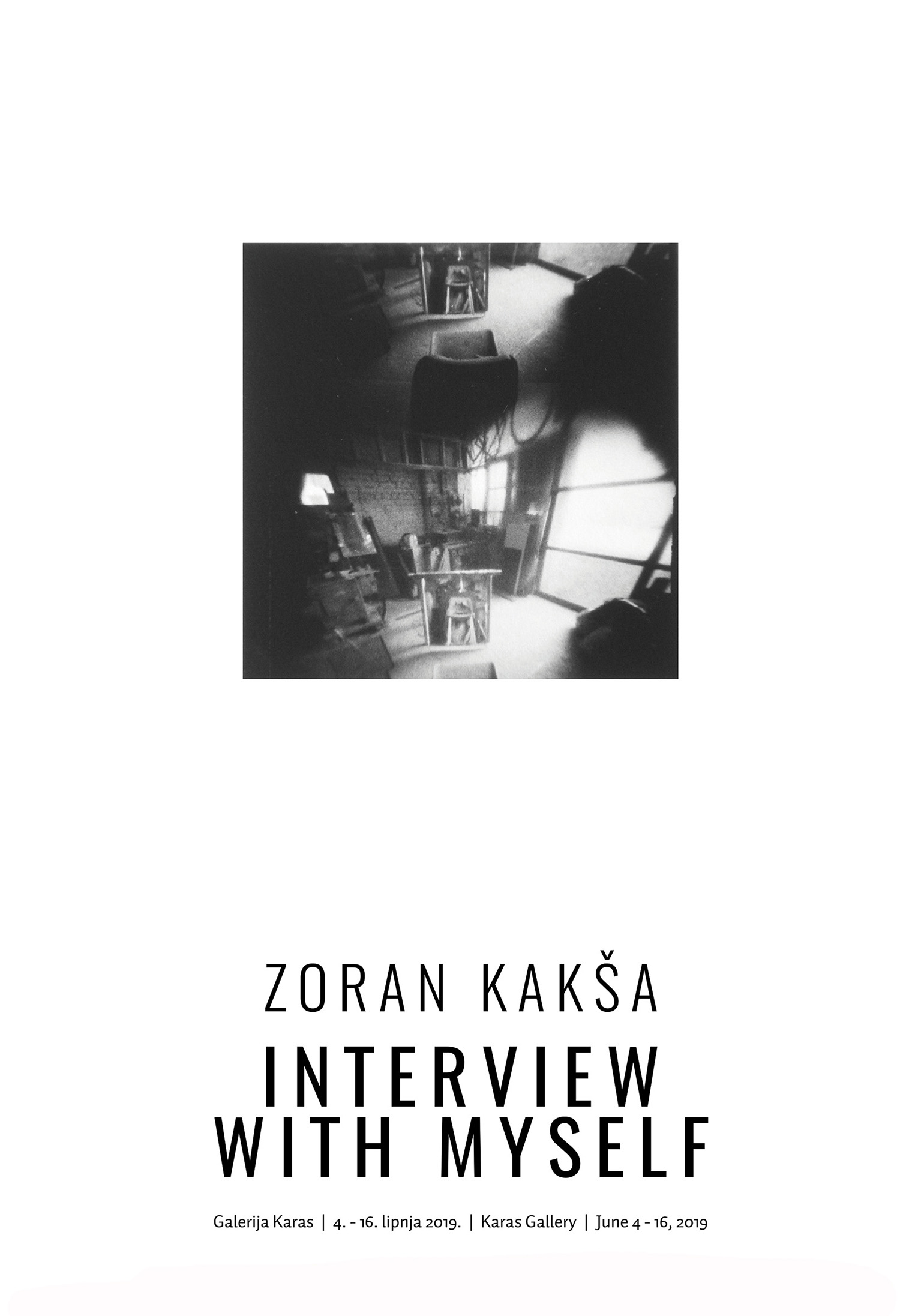
Exhibition Interview with Myself, by Zoran Kakša, will be opened on Tuesday, June 4th at 7 pm at the Karas Gallery (Zvonimirova 58).
“Ethereal dimension of Kakša’s series in which the artists engages in a dialogue with himself, i.e. with his memories and random observations, was born by light peeking through a hole. This tiny pupil made on some commodity boxes, which establishes order from the chaos of light and whose sharpness is – more accurately, sharpness on the retina of the reflected and created image –proportionate to the time of exposure to daylight hours and night lights, this is the essential and first component of the creative series characterized by intellectual and performance sensitivity.”
From the preface, written by Nikola Albaneže
ABOUT THE ARTISTS
Born on May 12th 1974 in Zagreb. In 1993 he graduated from the Department of Graphic Arts, School of Applied Arts and Design in Zagreb, with Prof. M. Poljan. Graduated from the Academy of Fine Arts, Department of Art Education (Graphics), in the class of Prof. I. Šiško in 2002. He worked as a Art teacher in Samobor and associate restorer at the Croatian Conservation Institute on the altars of the Monastery of St. Leonard in Kotari (Žumberak), on the polyptych from the Church of St. Francis in Pula and in the Croatian State Archives in Zagreb. Zoran also workes in the “Staklić Artistic Glasswork Atelier“ where he learned glass work and stained glass making and also as Art teacher in Matko Laginja Elementary School in Zagreb. He has had 12 solo and 112 group exhibitions in the country and abroad. He is a member of the Croatian Association of Artists (HDLU). Lives and works in Zagreb.


Supported by:


Working hours:
Wednesday – Friday: 3 pm – 8 pm | Saturday and Sunday: 10 am to 1 pm
Mondays, Tuesdays and holidays: closed.
The exhibition will remain open until June 16, 2019








